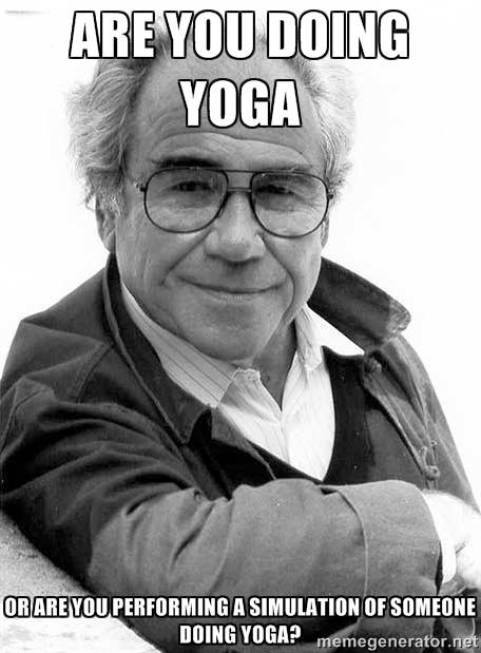人的關係之重要性還在於它能令我覺得有一股想去瞭解的欲望——一種敏感的同理心(empathy),也就是想發現每一位案主在面對之時的態度和表達,對他自己而言的真意是什麼,接納本身並沒有多大意義,除非它也包含了瞭解。只有當我瞭解你的感覺和思想——也許對你而言太可怕、太微弱、太情緒性、或太怪異——只有當我能像你一樣地看待這些,接納這些以及你本身,然後你才能無所顧忌地去發掘那些偏僻的角落、那些駭人的裂縫,也就是那些常被掩埋的內在體驗。這樣的自由是關係的一個重要條件。 (《成為一個人》,Carl R. Rogers,宋文里中譯)
接納本身並沒有多大意義,除非接納是包含瞭解。對於和自己不太有密切關聯的人事,對於我們週遭的至親好友,我們能夠付出多少心力去瞭解,而不是嘴吧上一句簡單的「接納」、喊喊口號、在面冊上按個讚。
身為治療師的 Carl Rogers 後面的重點是,這樣的關係建立之後,改變才會發生,困境才可能得以解決。
在靜坐時,除了「全然接受這樣的自己」,除了只是「專注在當下」之外,我們花了多少時間去努力瞭解,瞭解自己之所以長成現在這德性,瞭解這一切背後的脈絡、原因。這樣的瞭解才能促發改變,愈來愈「成為一個人」。
